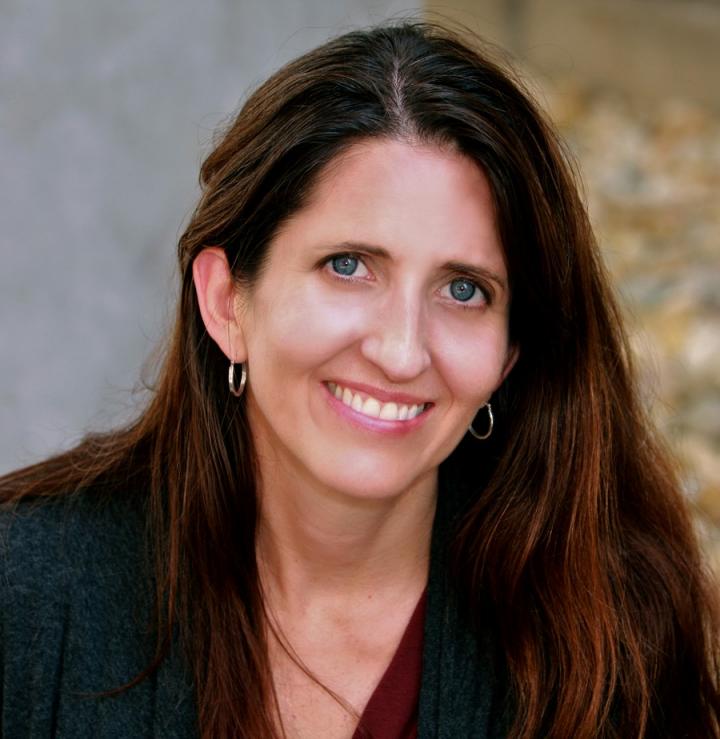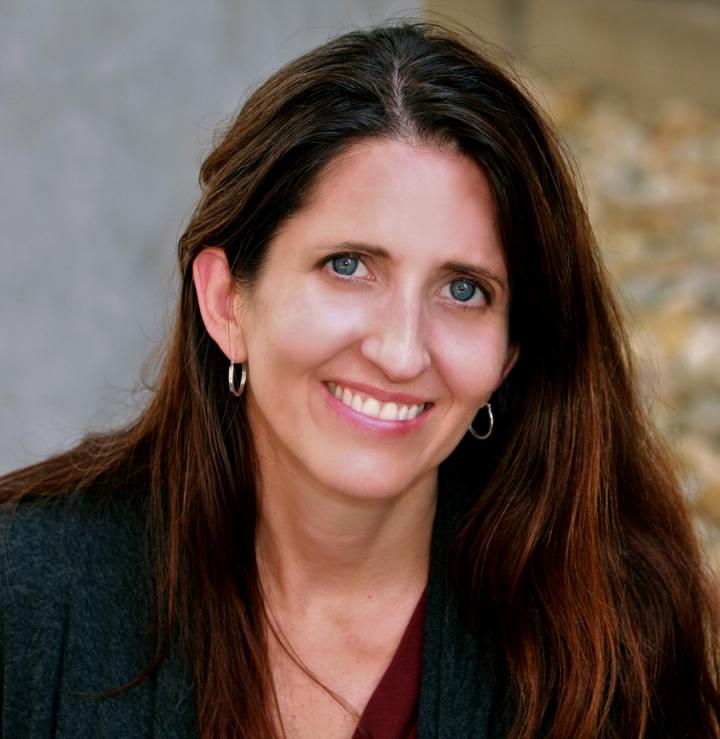
Credit: UAB
BIRMINGHAM, Ala. – The dentate gyrus of the hippocampus is part of the brain that helps form memories. It is also one of just two areas in the adult brain where new neurons are continuously formed.
The dentate gyrus is part of a circuit that receives electrical signals from an area of the brain cortex that processes sensory and spatial input from other areas of the brain. By combining this sensory and spatial information, the dentate gyrus can generate a unique memory of an experience.
Essential for the computational function of the dentate gyrus is a sparse neural activity — that is, the dentate gyrus must have nerve circuits that are electrically quiet. This is accomplished by strong inhibitory circuits and low excitability of the principal neurons of the dentate gyrus, the granule cells.
However, newborn granule cells show high excitability that disappears as the cells mature. Little has been known about the mechanisms that create low excitability in mature cells or how excitability of the newborn granule cells changes over time.
Now University of Alabama at Birmingham researchers led by Linda Overstreet-Wadiche, Ph.D., and Jacques Wadiche, Ph.D., associate professors in the UAB Department of Neurobiology, have described key roles for G protein-mediated signaling and the late maturation of an ion channel during the differentiation of granule cells. Their study is published in the Journal of Neuroscience. First author Jose Carlos Gonzalez, Ph.D., is a postdoctoral fellow in the Overstreet-Wadiche lab.
"Our goal was to characterize the function, maturation and sources of this signaling pathway, so that in the future it can be manipulated for therapeutic purposes," Overstreet-Wadiche said.
A G protein is a molecular switch inside of cells that responds to stimuli outside the cell, and G proteins have been parts of numerous Nobel Prize-winning research. Ion channels in the cell membrane are gates that can open to allow ions to flow into or out of a cell. The flux of ions generates electrical currents across the cell membrane to control the excitability of individual neurons.
Overstreet-Wadiche and colleagues found that intact G protein signaling is required for low granule cell excitability. They also found that a potassium channel called GIRK, or G protein-activated inward rectifying potassium channel, is constantly active in mature dentate granule cells, and this made the neurons less excitable by lowering the cells' resting membrane potential, as well as by other electrophysiological effects.
The UAB researchers also found that newborn granule cells, about 10 to 12 days old, do not have functional GIRK channels. At about three weeks, functional GIRK channels start to appear, and they also start being controlled by G protein signaling, via a cell receptor called the GABA B receptor. GABA, or gamma-aminobutyric acid, is the chief inhibitory neurotransmitter in mammals. Inhibitory neurons release GABA, and the GABA then binds to receptors on target neurons to inhibit neural circuits.
Thus, GIRK appears to lower excitability of mature dentate granule cells two ways. The first is through the intrinsic mechanism of constantly active GIRK channels that reduce resting membrane potentials and intrinsic excitability. The second is by phasic activation of GIRK signaling — this inhibition is accomplished by inhibitory neurons that release GABA at somatodendritic synapses with the granule cells. The GABA crosses the synapse to the dentate granule cell and activates GIRK channels through GABA-B-receptor/G-protein signaling.
Inhibitory interneurons that release GABA are known to belong to three groups, as identified by expression of various proteins. Overstreet-Wadiche and colleagues thus asked which interneuron subtypes formed inhibitory synapses with the dentate granule cells to initiate phasic GABA B-receptor/GIRK inhibition. They found that nNOS-expressing interneurons were the main source of the GABA-B-receptor-mediated inhibition. SST-expressing interneurons had a smaller effect, and PV-expressing interneurons had no inhibitory effect.
"The dentate gyrus is critical for controlling the flow of neural activity through the hippocampus, and this gatekeeping function is important, not only for normal cognitive functions, but also for suppressing seizure activity," Overstreet-Wadiche said. "We have shown how a well-known signaling pathway makes a particularly strong contribution to suppressing excitability in this region, and this answered a longstanding question about why these neurons have such a low resting membrane potential compared to other neurons."
###
Co-authors with Gonzalez, Overstreet-Wadiche and Wadiche for the study, "Constitutive and synaptic activation of GIRK channels differentiates mature and newborn dentate granule cells," are Sean J. Markwardt, UAB Department of Neurobiology; and S. Alisha Epps, UAB Department of Physical Medicine and Rehabilitation. Markwardt now works for Avant Healthcare, Carmel, Indiana, and Epps is an assistant professor of psychology, Whitworth University, Spokane, Washington.
Support was provided by National Institutes of Health grants NS064025, NS065920 and NS075162.
Media Contact
Jeff Hansen
[email protected]
205-209-2355
http://www.uab.edu
Original Source
https://www.uab.edu/news/research/item/9661-an-ion-channel-differentiates-newborn-and-mature-neurons-in-the-adult-brain http://dx.doi.org/10.1523/JNEUROSCI.0674-18.2018





